The City of Lithgow
Balancing Heritage with Economic Progress
Reimagining the local economy through education, sustainability, and community-driven growth
Over the years, the City of Lithgow has progressed on a journey of growth, expansion, and long-term success. It’s safe to say that a rising star is emerging from the picturesque landscapes of New South Wales.
In the rolling hills and valleys of New South Wales, the town of Lithgow stands as a microcosm of both the opportunities and challenges faced by regional economies in transition.
Historically rooted in coal mining and power generation, Lithgow is now charting an ambitious course toward a diversified and sustainable economic future. This transformation, driven by collaborative leadership, innovative education initiatives, and strategic investments, reflects the town’s resilience and vision.
Lithgow’s city council is prioritizing the diversification of its economy at the highest levels. The Counci’s transition team are focusing on unlocking the potential for investment in emerging industries such as hydrogen production, advanced manufacturing, and green technologies. These industries will be critical in reducing the city’s dependence on coal and power generation.
The city’s eco-friendly redevelopment projects will serve as catalysts for attracting new businesses and creating employment opportunities.
Lithgow’s strategic partnerships with universities and government entities bolster these efforts as well and ensure access to the expertise and resources necessary for success.
The city council also addresses community-level needs by enhancing education through STEAM-focused initiatives, improving infrastructure, and fostering a culture of lifelong learning. These initiatives will empower residents to seize new opportunities.
As a result, Lithgow is steadily thriving as a diversified economy supported by a skilled, engaged community. The vision is a future where its rich heritage harmonizes with innovation, ensuring resilience and prosperity for generations to come.
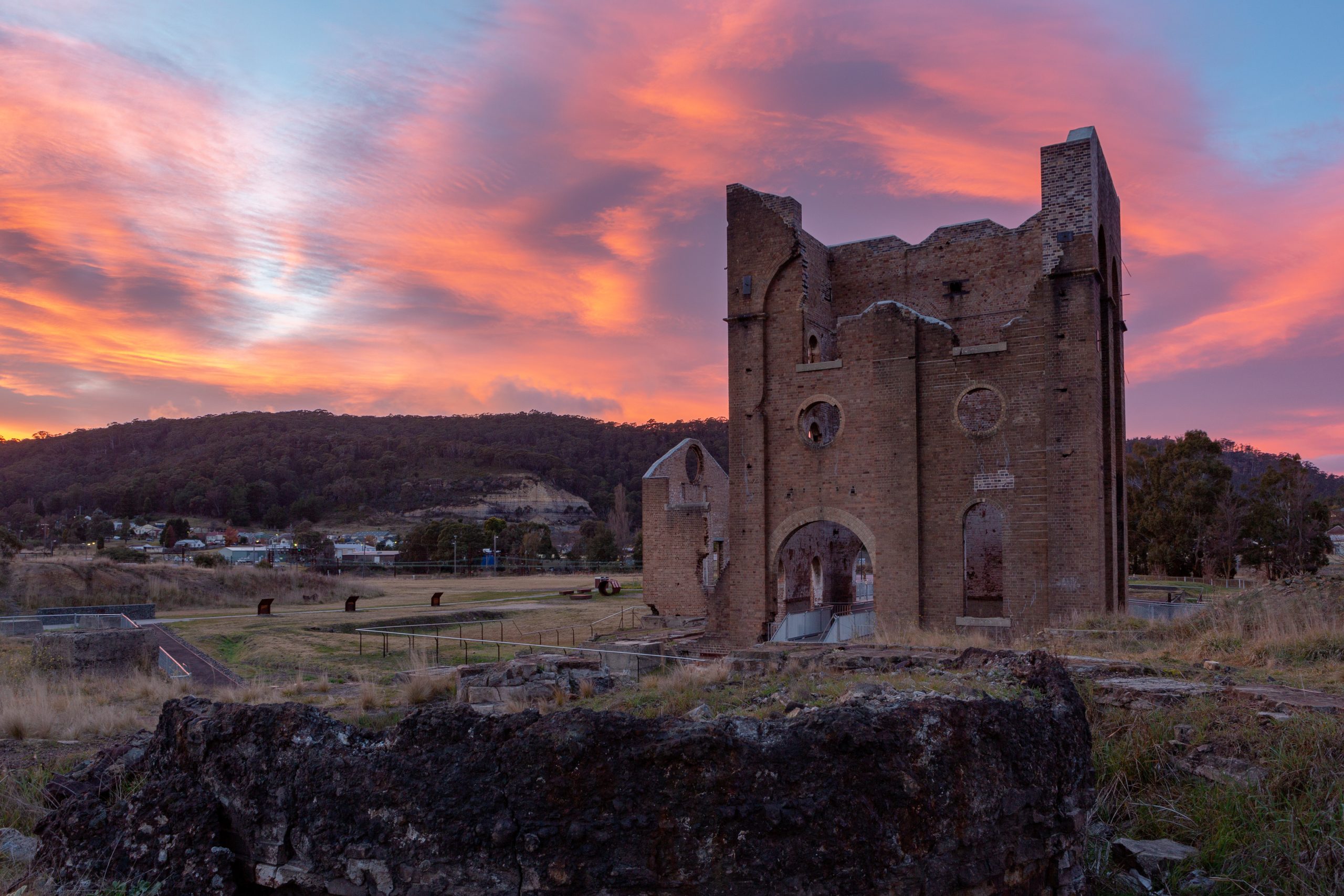
A Rich Legacy of Industrial and Athletic Strength
Lithgow’s economic foundation is steeped in industries like mining, civil construction, and advanced manufacturing.
“We have a rich history of coal mining and power generation, and our community is very passionate about that… we also have disused power generation sites, blast furnaces, rail depots and old cement works and those sorts of things really are the backbone of our industry and characterize our identity. Lithgow is the town that supported Australia’s growth and prosperity at the turn of the century,” explains Director of Infrastructure and Economy Jonathon Edgecombe.
The town hosts three major mines—Clarence, Springvale, and Airly—alongside Mount Piper Power Station, which has been central to the region’s energy output.
Additionally, the area benefits from robust infrastructure and a network of local contractors such as Gracey’s Earth Moving and Peter’s Earth Moving, which play pivotal roles in road building and large-scale civil projects across New South Wales.
Major employers like Ferrero, known for their confectionery production, and key government facilities, including an Army base, Correctional Centre, Revenue NSW offices and Transport for New South Wales Works depot, further anchor Lithgow’s economy.
These industries have cultivated a skilled workforce and support local procurement policies, ensuring economic benefits are reinvested into the community.
However, the impending closure of coal-fired power stations and their associated mines has presented a significant challenge to the city.
“We are in a period of change, and our community recognizes that we have an economy that’s shifting to net zero, and that means that without any capacity for coal export, the vertically integrated mines and power stations in our region will eventually reach the end of life, and the Lithgow community will need to shift to industries of the future.
With approximately 1,500 jobs at stake—about 25% of the local workforce—the ripple effects on schools, healthcare, and community services could be profound. Lithgow’s leaders recognize this and are proactively planning to mitigate economic contraction and foster resilience.
The city is also known for its sporting achievements and is even the birthplace of two-time Olympic gold medalist Marjorie Jackson, who set 13 world records as a sprinter.
“We have a community that’s very passionate about sports. We have fantastic Rugby League teams, as well as soccer and cricket teams, and we’re reinvigorating sports locally to continue that as part of our strength, character, and identity,” Edgecombe explains.
Fortunately, these two strengths have led to unique proposals that take advantage of the city’s move away from coal and towards more eco-friendly energy sources.
The city council intends to balance passive and active recreation with residential lands and heavy industrial/commercial areas separated by vegetated buffer zones to avoid cross-contamination of the land.
This exciting idea has also led to other suggestions on how to repurpose old infrastructure for commercial venues, green energy sites, and even potential housing opportunities.
Pioneering New Economic and Educational Frontiers
Among Lithgow’s most exciting prospects is the redevelopment of the former Wallerawang Power Station site, currently privately owned, but formerly managed by Energy Australia.
This site, with its unparalleled electrical infrastructure and water supply, is ideally suited for industries such as hydrogen production—key to Australia’s net-zero ambitions.
“One of the most significant opportunities we have for growth is the existing disused power station currently privately owned by Greenspot. The New South Wales Government themselves acknowledge that former power stations are perhaps some of the richest sites for development opportunities, particularly as we transition to net-zero,” Edgecombe says.
Plans for the Green Spot include a major residential housing development, which will effectively double the size of a neighboring village, presenting even more opportunities for infrastructure and community integration, if planned strategically and effectively.
Additionally, Lithgow’s commitment to green energy extends to exploring opportunities in advanced manufacturing, as Thales Australia are also a significant local employer, thereby perfectly aligning Lithgow’s future industry development with its current comparative strengths.
With the areas being considered for redevelopment being well spaced and away from residential areas, according to Edgecombe, it presents a “really good opportunity to bring heavy industry and advance manufacturing to those particular locations because they won’t conflict with existing land usage.”
However, to secure these long-term opportunities, land availability is just one challenge. Lithgow is also focusing on creating an Adaptive Skills Hub within its central business district in order to develop the adaptive capacity of its workforce of tomorrow – its children.
Housed in a former Centrelink building, this hub aims to provide a seamless educational pathway from kindergarten through to tertiary studies.
“This way, people will have the opportunity to build and create ties back to this community and continue to study and work locally as well. So we’re really trying to address a systemic problem of people having to pursue opportunity elsewhere and create those really important community connections locally,” Edgecombe states.
By partnering with institutions like Western Sydney University (WSU) Charles Sturt University, the University of South Australia and Notre Dame University, and establishing a Regional University Study Hub, the initiative seeks to strengthen ties between residents and the local economy, reducing the outflow of talent to other regions.
Education is a cornerstone of Lithgow’s strategy for economic transition. Historically, the town’s workforce has leaned heavily toward vocational education, with strong participation in apprenticeships and traineeships tailored to the mining and power sectors.
Yet, as the global economy pivots toward industries of the future, Lithgow is reimagining its educational framework to prioritize STEM (science, technology, engineering, and mathematics) and STEAM (adding arts to STEM) disciplines.
Lithgow Council has convened a coalition of local primary and secondary school principals from both public and private sectors to address disparities in educational resources and outcomes.
With $1.5 million in funding secured for a STEAM initiative, the town is developing a curriculum tailored to the needs of its schools and the needs of its future economy.
This program, in collaboration with WSU and Charles Sturt University, aims to provide equal access to advanced learning tools such as 3D printers and drones, even for the smallest schools like Cullen Bullen Public School, which serves fewer than 20 students.
One innovative aspect of this initiative is a mobile education program, which will bring state-of-the-art facilities and resources to schools across the region. It is sometimes the burden of spatial distribution that can result in inequity between our rural and regional schools.
By doing so, Lithgow seeks to inspire students and their families with the possibilities of STEM careers while also addressing the need for local talent in emerging industries.
Lithgow High School, often regarded as the regional leader in STEM and STEAM education, plays a pivotal role in these efforts.
However, the Council recognizes the importance of equalizing opportunities across all schools, including smaller and more remote institutions. By creating centralized resources and fostering partnerships, Lithgow aims to build a stronger foundation for future generations.
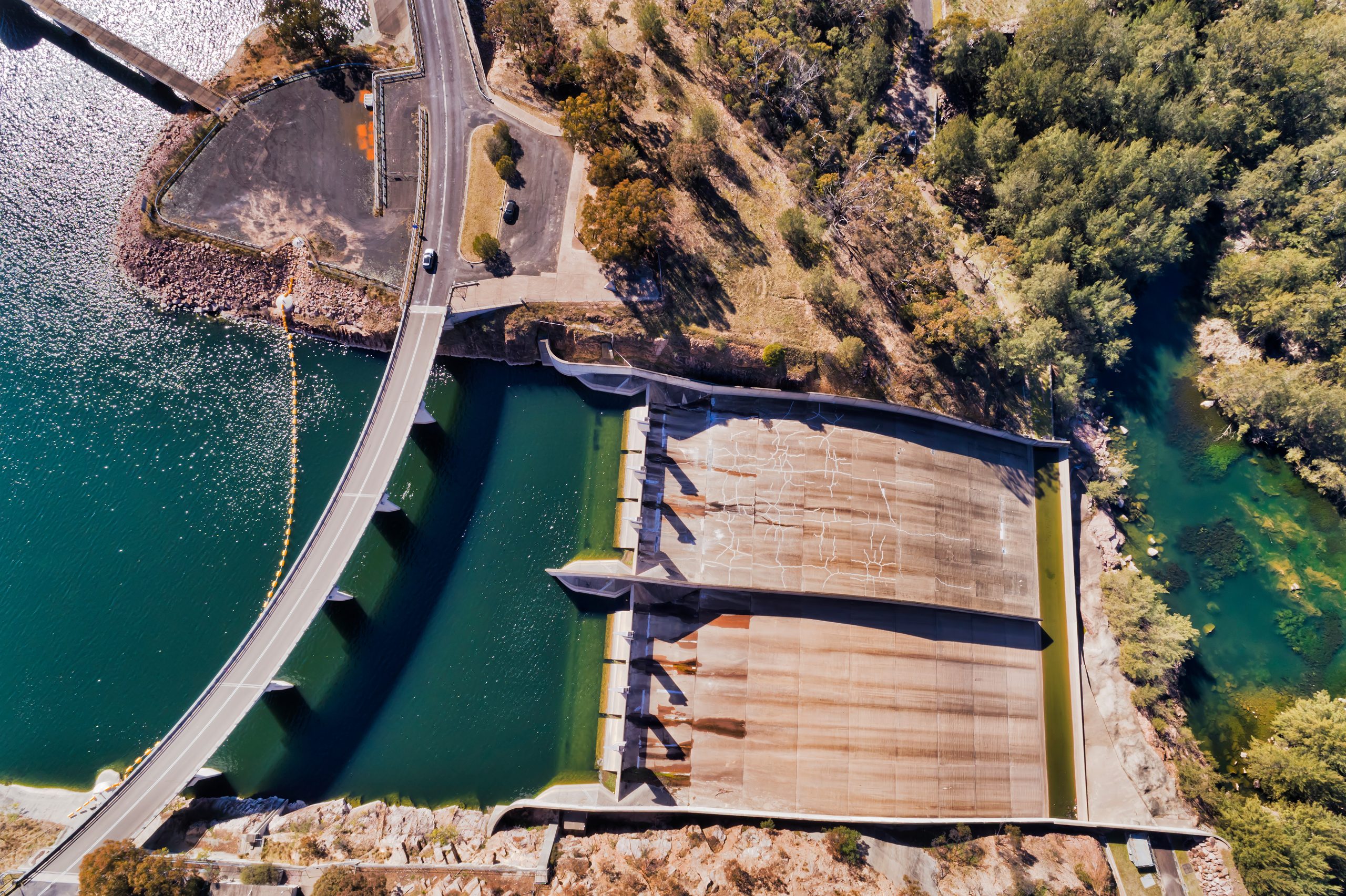
A Sustainable Model for Community Engagement and Regional Resilience
Lithgow’s transformation is guided by the Lithgow Evolving Economy Plan (LEEP), a comprehensive strategy, owned as a collaborative document between the NSW Government and Lithgow City Council,that outlines the town’s path to economic diversification and sustainability.
Central to this plan is community engagement, ensuring that residents feel a sense of ownership and inclusion in the transition.
“We need to deeply engage with our community as we transition. There needs to be a sense of ownership of the project. Otherwise, we will run the risk of alienating the people. Everyone needs to feel like they’re part of the journey,” Edgecombe confirms.
By fostering transparency and collaboration, Lithgow aims to mitigate the risks of alienation and build broad support for its initiatives.
Over the next decade, the town’s leadership is prioritizing two key objectives: securing employment lands to attract new industries and enhancing the skills of both current and future workers.
These efforts are designed to preserve Lithgow’s vitality and ensure a smooth transition to a diversified economy that aligns with global trends.
The city council’s proactive approach includes working closely with Centennial Coal and Energy Australia to provide support for workers and families affected by the transition away from coal.
By addressing both immediate and long-term challenges, Lithgow aims to turn potential obstacles into opportunities for growth and innovation.
Lithgow’s journey is a testament to the power of proactive planning and community-centered leadership.
By leveraging its industrial strengths, investing in education, and embracing sustainable industries, the town is positioning itself for regional economic longevity.
The integration of advanced manufacturing, renewable energy, and enhanced educational pathways underscores Lithgow’s commitment to a brighter future.
As Lithgow navigates this transformative decade, its dedication to innovation and inclusivity will undoubtedly shape a sustainable and prosperous future for future generations.
By aligning its strategies with global economic trends and fostering local talent, Lithgow is paving the way for a thriving, adaptive community.
This bold vision inspires other regional towns and serves as a blueprint for sustainable economic development in the 21st century.
AT A GLANCE
The City of Lithgow
What: A resilient regional town embracing innovation and sustainability to transition its economy while preserving its rich industrial heritage.
Where: New South Wales, Australia.
Website: www.council.lithgow.com

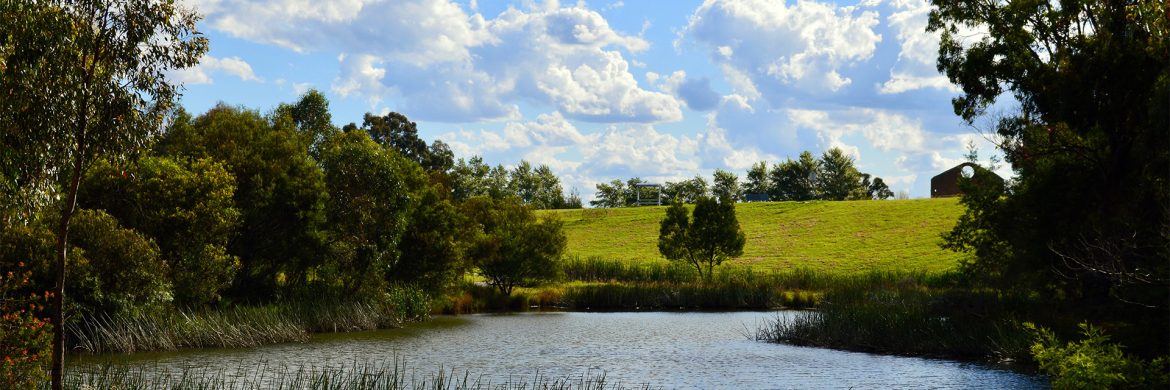
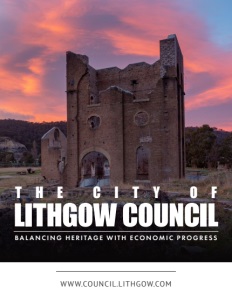
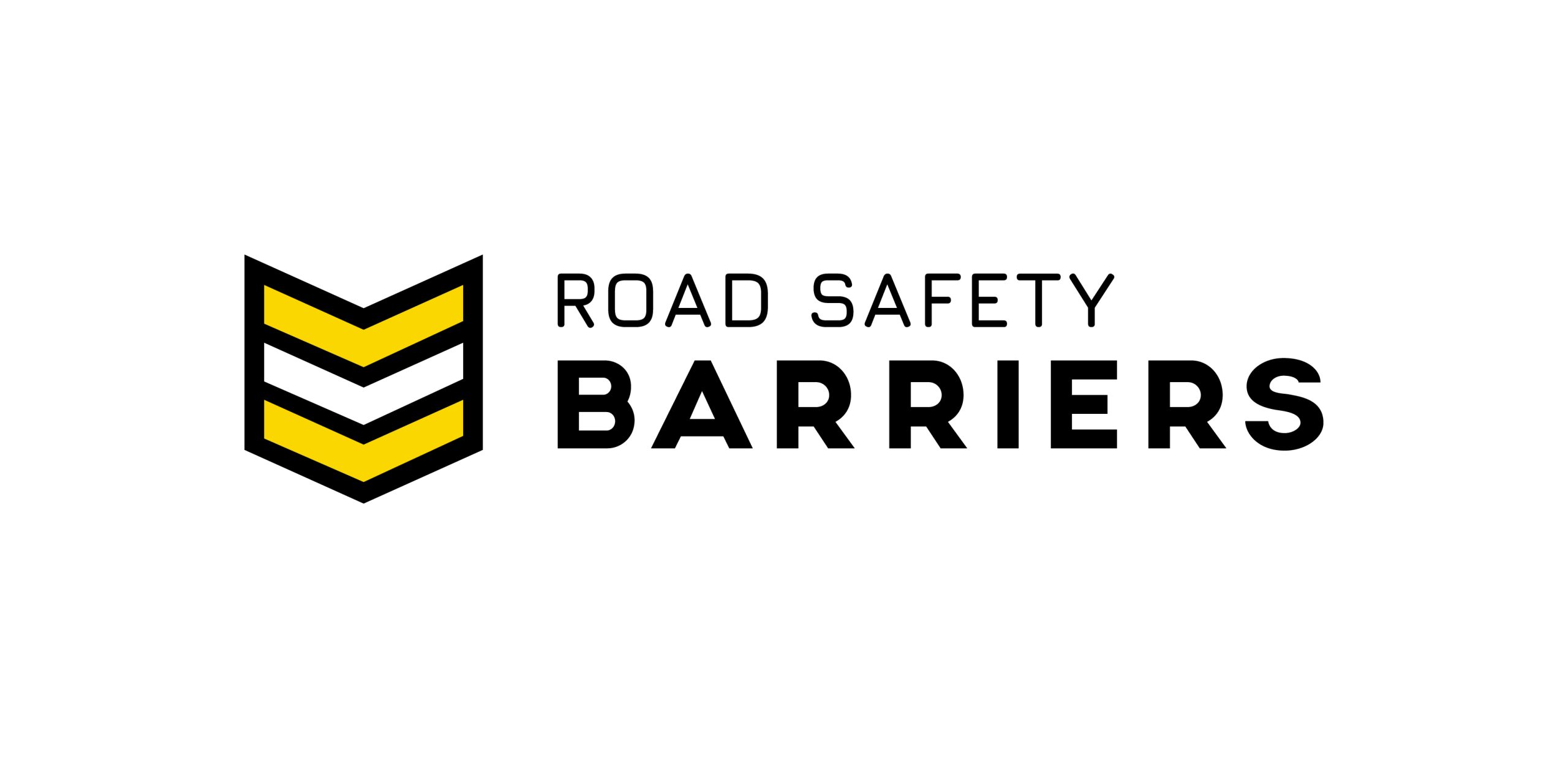

 This information will never be shared to third parties
This information will never be shared to third parties